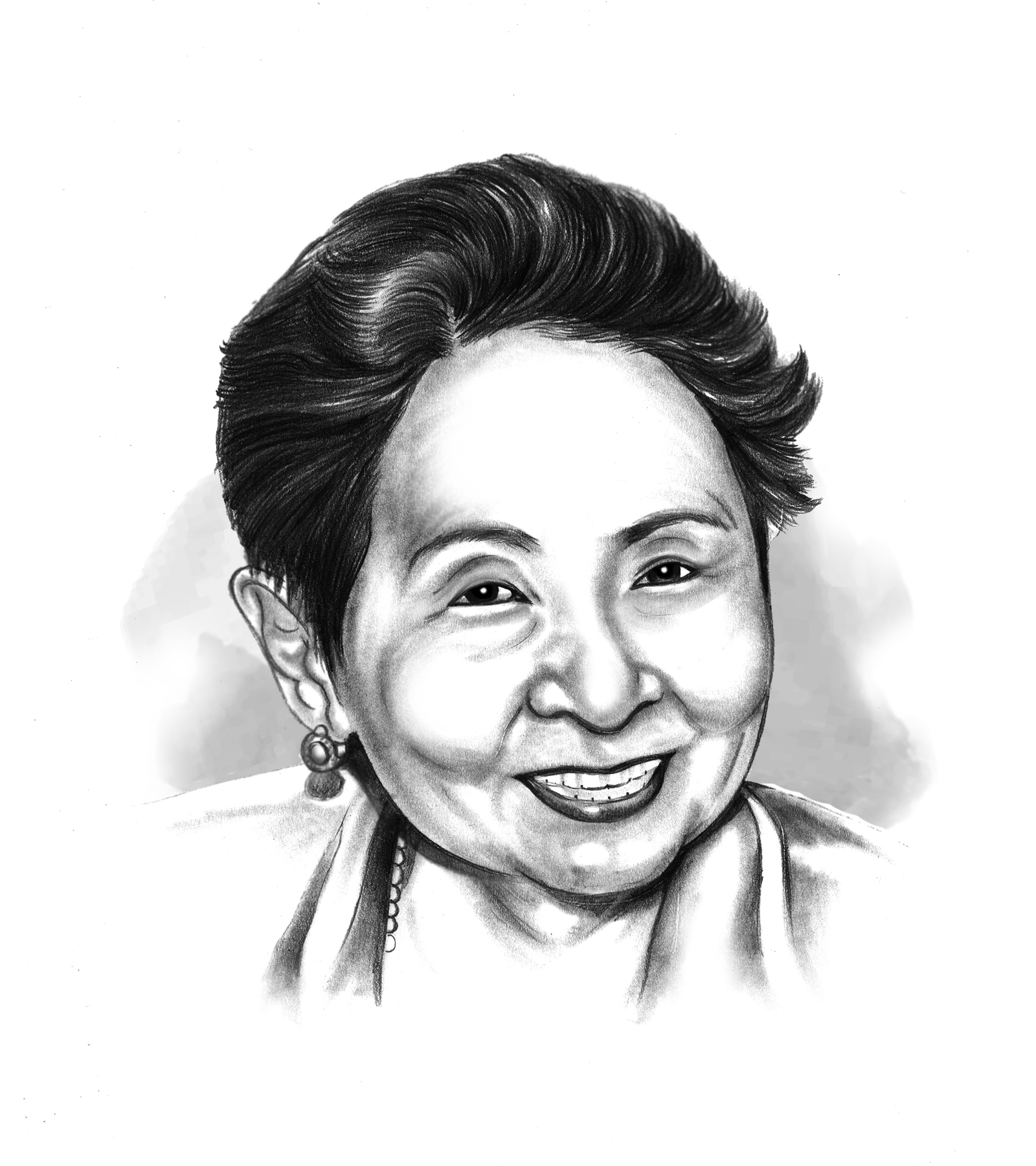PAGBABAGO

A growing concern today is the plight of journalists who work under difficult circumstances. They not only have to fortify themselves with new knowledge and skills to be able to function effectively and protect themselves from various forms of threats.
Especially in places like the Bangsamoro Autonomous Region in Mindanao where new forms of governance (parliamentary) are being set up and where there is evident need to strengthen the democratic processes and civic rights of BARMM constituents.
This is the rationale for the series of capacity building programs organized and implemented by the Asian Institute of Journalism and Communication (AIJC) with the support of the British Embassy.
As the capacity building project notes, “community journalists play a critical role in promoting inclusiveness and transparency, as they provide local context on issues, hold power to account, and give access to wider national and global issues. Yet, they are the most vulnerable to threats and attacks and various forms of physical, legal, digital, and psychological and gender-based dangers. They also have to address disinformation through fact-checking as they carry out their work.”
At the first training program held in Davao City from Feb. 18 -22, the above challenges were addressed through lectures and workshops facilitated by the following specialists: From the National Union of Journalists in the Philippines (NUJP), Kath Cortez presented the safety situation and the challenges ; Prof. Rufa Cagoco-Guiam of Inquirer.net, on gender related issues in the cultural and religious context of BARMM; Atty. Froebel Kan M. Balleque from General Santos LGU, on practical legal guidance for journalists; Red Batario of the Center for Community Journalism and Development on rapid risk assessment and contemporary planning as well as detecting surveillance and situational awareness; J.B. Deveza of the NUJP on keeping safe while on assignment and reacting and responding to emergency situations; dealing with checkpoints and emergency first aid; Len Olea of NUJP, digital security threat modeling and analysis and online privacy and security; Rowena Paraan of the Philippine Center for Investigative Journalism, fact checking; and Julie Alikpala of the Philippine Daily Inquirer, psychosocial safety, understanding crisis and traumatic stress, self-care and resilience, and mindfulness exercises.
As noted, the five-day capacity building exercise was aimed not only in providing knowledge but also in developing the needed attitudinal and psychological mindset and the ability to respond to a variety of challenges including disinformation, misinformation and fake news.
The next training will be held in Zamboanga City from Feb. 25-29.
With new information gathered from feedback and outcomes during these exercises, the AIJC team hopes to contribute to the existing body of knowledge, attitudes and skills needed of community journalists who are called to serve in similar communities.
The BARMM capacity building for community journalists is implemented by a team headed by Ann Lourdes Lopez, senior director of the Research, Policy and Advocacy Unit of the AIJC.
As previously noted in an earlier column, I have set up a fund in cooperation with the Asian Institute of Journalism and Communication that would support the academic and professional training of community journalists in schools in five regions of the country.
Most of them are students in journalism and communication who intend to work as community journalists. The challenges they face are like those of the BARMM trainees in some ways.
One is developing a proactive response to new changes in governance such as the implementation of the Mandanas ruling that would give local government a larger share of the IRA allotment.
The others include a similar threat that most community journalists face – the continuing killing of journalists, the challenge of holding power into account, and finally, that of ensuring self-protection from legal, digital, and psychological threats. ([email protected])